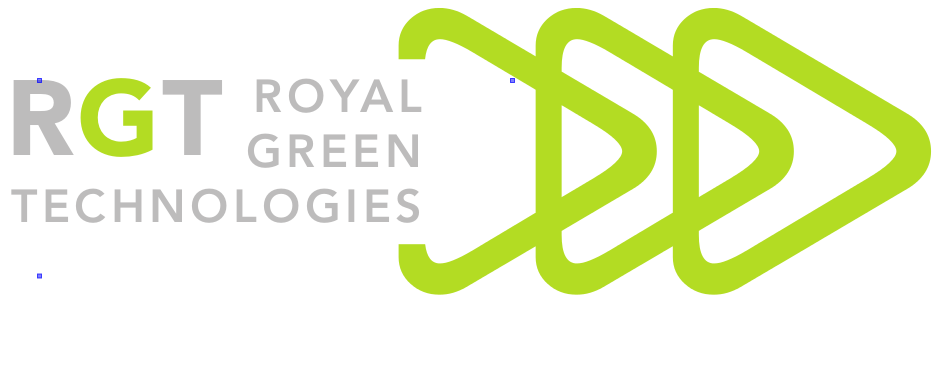National Gold Reserves
To briefly capture the possibilities for global return to the gold standard, the following topics are commonly evaluated:
Monetary history began circa 1500 B.C. when the Shekel, originally 11.3 gram of gold, became a standard monetary unit. From those days on, gold was traditionally used as the common standard of national economic strengths. That changed on August 15, 1971, when the USA proclaimed the US dollar a fiat currency and ultimately turned it into the basis of national reserves across the globe.
Modern gold prices suffered huge turmoil during the 1970s, when the price of gold rose from $35 to $200 per ounce and then suddenly dropped. This caused many investors to sell their reserves and swear never to return to this commodity. This notion was short lived because the price started rising again, reaching its peak at $1800/oz during the year 2011. In the 2012, gold prices temporary dropped with long-term outlook of reaching the previous levels within upcoming years.
The current status of global economy is greatly influenced by two factors – the 2008 financial crisis and the rapid growth of the BRIC economies. The truth, however, is that many decades before 2008 crisis, the BRIC countries, especially China and India, were already buying each gram of gold they could come across. Thus, India and China alone account for 23% of the worldwide demand for the year 2002, and a colossal 47% of 2012’s worldwide demand. China and India are also heading the drive to return to gold standards as an opportunity to empower their currencies, curtail budget deficits, and secure price stability.
ROYAL GREEN and its partners would not necessarily impact on global monetary policy decisions, but can and will have an impact on growth of national gold reserves as agreed.
